![]() Kim Eana, the lyricist behind the Brown Eyed Girls' "Sixth Sense", recently took the time to explain the symbolism behind the music video's unique scenes on her official blog.
She began by writing, "The lyrics and music video are not just a story that follows a certain sequence; rather, it's a collection of characters and images that come together to form one illustration. The song itself is a hybrid rhapsody, so the story does not flow according to the music video's string of events. All scenes that took place within the building represent the characters' individual histories, and the image they wish to project onto the riot police."
Kim Eana, the lyricist behind the Brown Eyed Girls' "Sixth Sense", recently took the time to explain the symbolism behind the music video's unique scenes on her official blog.
She began by writing, "The lyrics and music video are not just a story that follows a certain sequence; rather, it's a collection of characters and images that come together to form one illustration. The song itself is a hybrid rhapsody, so the story does not flow according to the music video's string of events. All scenes that took place within the building represent the characters' individual histories, and the image they wish to project onto the riot police."
![]() On Miryo: "Since Miryo is the rapper of the group, she took the role of being the deliverer of the message."
"When the camera first pans to Miryo, she looks confident and strong. But when the camera zooms out, the viewer is able to see that she's actually tied down. There are several mics in front of her, as if she's being forced to say something. The two lions she's chained to represent power and authority, which she kicks away from her."
On Miryo: "Since Miryo is the rapper of the group, she took the role of being the deliverer of the message."
"When the camera first pans to Miryo, she looks confident and strong. But when the camera zooms out, the viewer is able to see that she's actually tied down. There are several mics in front of her, as if she's being forced to say something. The two lions she's chained to represent power and authority, which she kicks away from her."
![]() On Jea: "Jea represents the image of sacrifice. She's tied to tree branches, an idea derived from religion. Although the scene looks beautiful from afar, the viewer is able to see that Jea is being pressed down and chained."
"In the actual teaser image, Jea represented 'music'. She is the only character that does not rebel outright. In the music video, however, she becomes a strong and powerful leader in the outdoor scene with the riot police, which stands for music's desire to rebel."
On Jea: "Jea represents the image of sacrifice. She's tied to tree branches, an idea derived from religion. Although the scene looks beautiful from afar, the viewer is able to see that Jea is being pressed down and chained."
"In the actual teaser image, Jea represented 'music'. She is the only character that does not rebel outright. In the music video, however, she becomes a strong and powerful leader in the outdoor scene with the riot police, which stands for music's desire to rebel."
![]() On Narsha: "Narsha represents the 'sixth sense' in itself, and embodies the animalistic lyrics in the song (such as "The tips of my sharp nails become embedded into your skin"). Since there is a recurring 'jungle cat' theme, Narsha was directed to act as wildly as possibly for the video. The melody picks up in pace during the parts where she emerges; it was a natural concept derived from both the music and lyrics."
Kim Eana continued, "The lights inside the cages are flashlights, a symbol of constantly being watched and observed. What's interesting about her character is that although she looks afraid of it, she also seems to enjoy being observed."
On Narsha: "Narsha represents the 'sixth sense' in itself, and embodies the animalistic lyrics in the song (such as "The tips of my sharp nails become embedded into your skin"). Since there is a recurring 'jungle cat' theme, Narsha was directed to act as wildly as possibly for the video. The melody picks up in pace during the parts where she emerges; it was a natural concept derived from both the music and lyrics."
Kim Eana continued, "The lights inside the cages are flashlights, a symbol of constantly being watched and observed. What's interesting about her character is that although she looks afraid of it, she also seems to enjoy being observed."
![]() On Ga-In: "Ga-In's scene took place at a hallway in a private university in Thailand. The director wanted a long tunnel that you couldn't see the end of, and we found the perfect place for it. The theme of being observed continues here (Jea with the surveillance cameras, Miryo with the mics, and Narsha with the flashlights), as Ga-In was also observed by a camera while tied to a chair."
"Ga-In's character represents resistance and has a bit of a back story. The military jacket that she's seen wearing over her clothes belongs to her dead lover, a man who dreamed of a revolution. Ga-In wore that jacket around, mourning the death of her lover, but didn't know what the jacket stood for. Consequently, she becomes accused by 'the Absolute' of being a traitor, and gets locked up, humiliated, and abused. Although she looks scared at first, her spirit rises up at this challenge, and she begins to tease her attackers to do worse with sly glances and smirks."
On Ga-In: "Ga-In's scene took place at a hallway in a private university in Thailand. The director wanted a long tunnel that you couldn't see the end of, and we found the perfect place for it. The theme of being observed continues here (Jea with the surveillance cameras, Miryo with the mics, and Narsha with the flashlights), as Ga-In was also observed by a camera while tied to a chair."
"Ga-In's character represents resistance and has a bit of a back story. The military jacket that she's seen wearing over her clothes belongs to her dead lover, a man who dreamed of a revolution. Ga-In wore that jacket around, mourning the death of her lover, but didn't know what the jacket stood for. Consequently, she becomes accused by 'the Absolute' of being a traitor, and gets locked up, humiliated, and abused. Although she looks scared at first, her spirit rises up at this challenge, and she begins to tease her attackers to do worse with sly glances and smirks."
![]() All four characters and their histories comes to life in the resulting scene against the army of men. Simply put, the entire scene blurs fantasy and reality. The ladies are seen rebelling against the army, breaking down the men and their conscience, forcing them to doubt 'the Absolute' that they serve. Their tactics work, because one by one, the men begin to turn around to search for 'the Absolute' to find the reassurance they need to continue.
Miryo then throws the golden mask, signaling the start of their chance for freedom. The army fights against the water cannons that attempt to force them back in line, but instead of pain, they feel exhilaration as they get hit. The soldiers suddenly transform back into being young men with a hunger for life, instead of being jaded pawns.
All four characters and their histories comes to life in the resulting scene against the army of men. Simply put, the entire scene blurs fantasy and reality. The ladies are seen rebelling against the army, breaking down the men and their conscience, forcing them to doubt 'the Absolute' that they serve. Their tactics work, because one by one, the men begin to turn around to search for 'the Absolute' to find the reassurance they need to continue.
Miryo then throws the golden mask, signaling the start of their chance for freedom. The army fights against the water cannons that attempt to force them back in line, but instead of pain, they feel exhilaration as they get hit. The soldiers suddenly transform back into being young men with a hunger for life, instead of being jaded pawns.
![]() The scene finally then switches over to the golden mask again ['the Absolute'], as it falls to the floor, leading viewers to think that the rebellion was a success. Unfortunately, the entire scene was a fantasy dreamed up by the four members and the army together.
The scene finally then switches over to the golden mask again ['the Absolute'], as it falls to the floor, leading viewers to think that the rebellion was a success. Unfortunately, the entire scene was a fantasy dreamed up by the four members and the army together.
![]() The scene then switches back to the army as they rush the Brown Eyed Girls, signaling that everyone is back to reality. The tragic ending shows that no matter how hard the four tried to break free from whatever was repressing them, they remained the weaker force in the face of 'the Absolute'.
--
--
[gallery link="file" order="DESC" columns="4"]
Source + Photos: 'Eana the Kim' Official Blog
The scene then switches back to the army as they rush the Brown Eyed Girls, signaling that everyone is back to reality. The tragic ending shows that no matter how hard the four tried to break free from whatever was repressing them, they remained the weaker force in the face of 'the Absolute'.
--
--
[gallery link="file" order="DESC" columns="4"]
Source + Photos: 'Eana the Kim' Official Blog
0
0
, ,
 Posted by 42 pts Sunday, October 2, 2011
Posted by 42 pts Sunday, October 2, 2011
Lyricist Kim Eana explains the symbolism behind Brown Eyed Girls' "Sixth Sense" MV

0
125,225
Share
Be the first to vote
 SHARE
SHARE
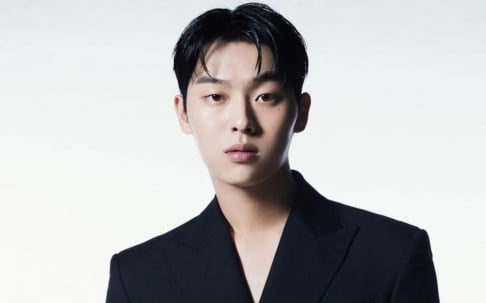


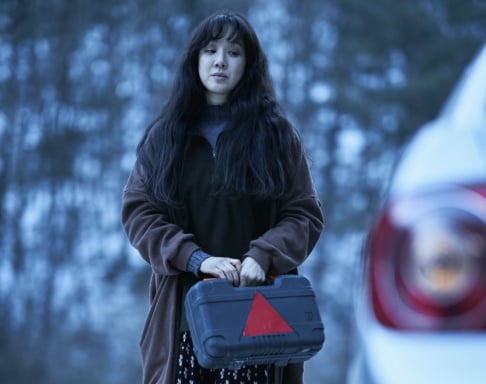
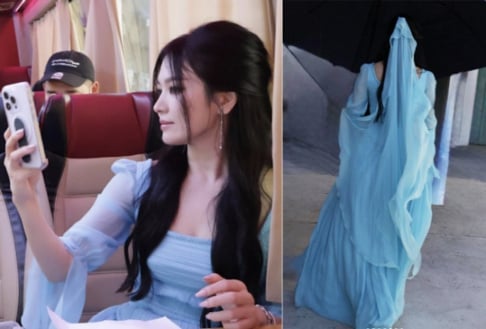
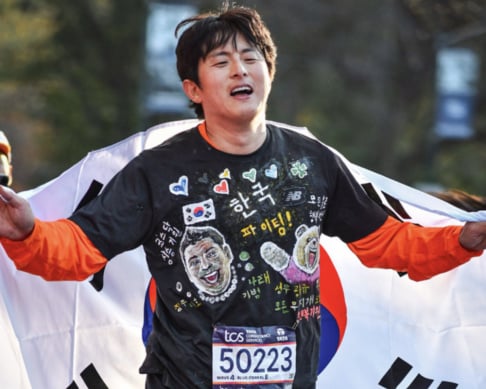

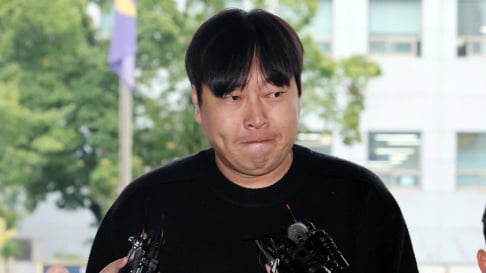
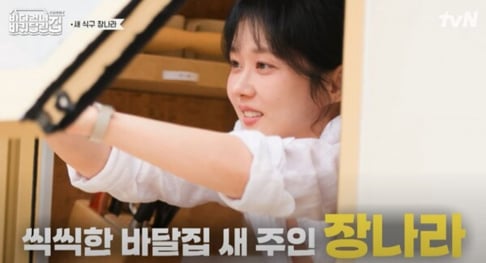

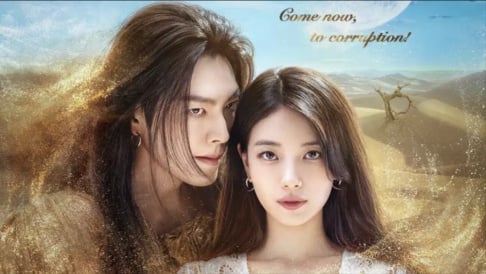
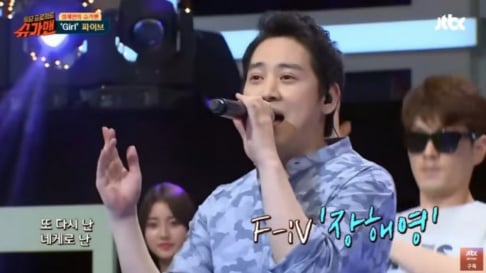
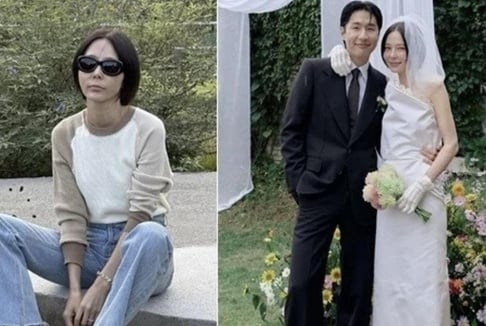
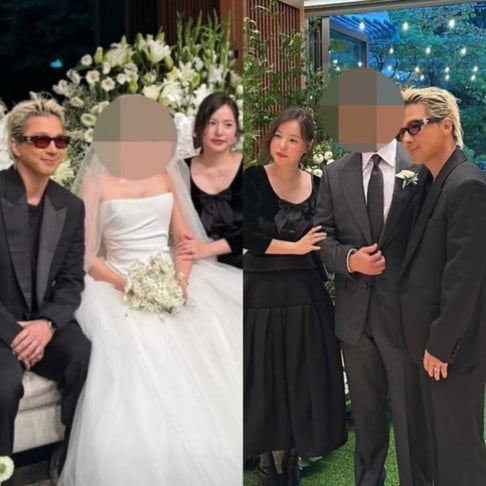
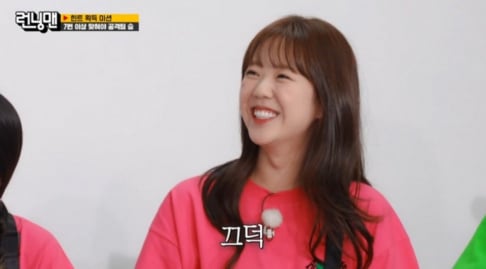

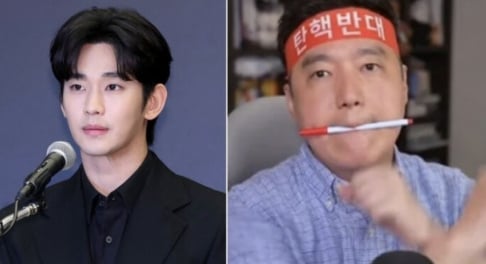

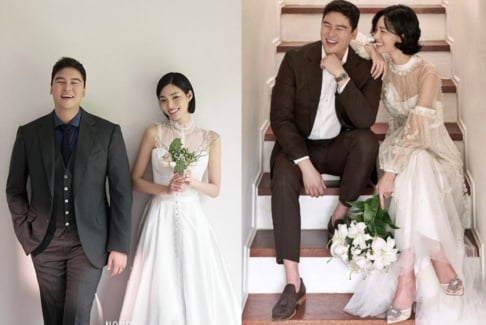

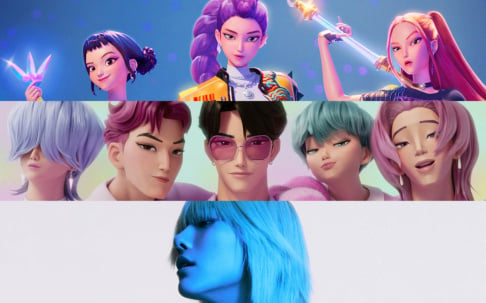
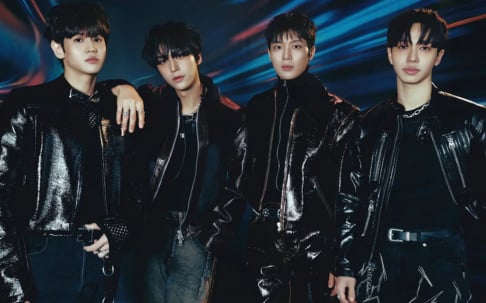
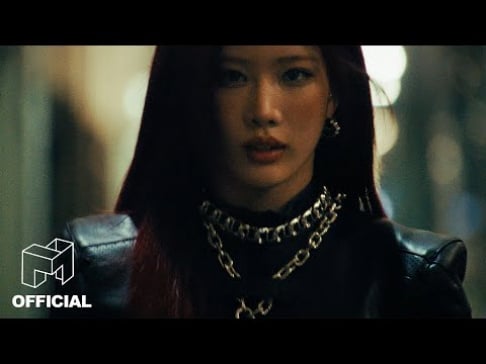
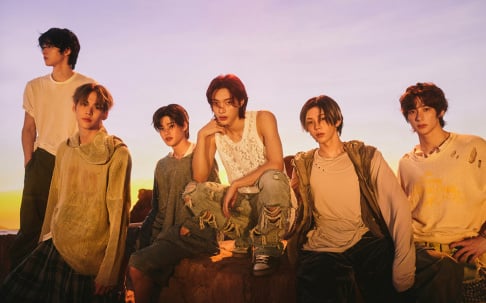
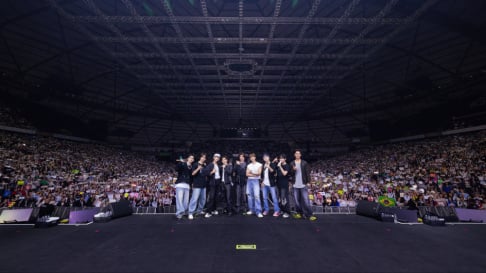


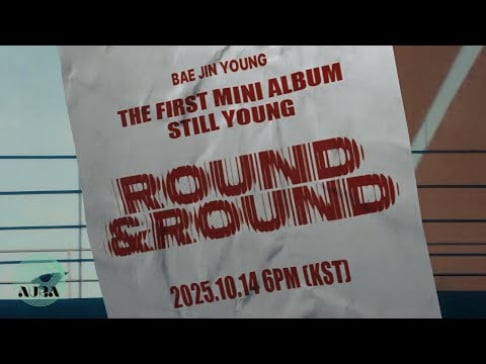
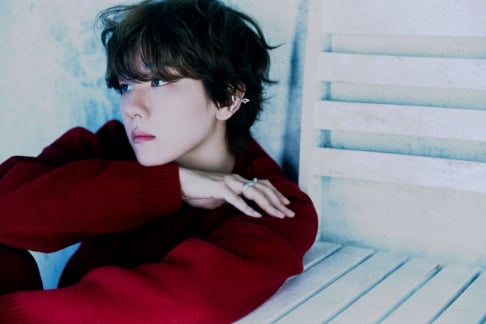
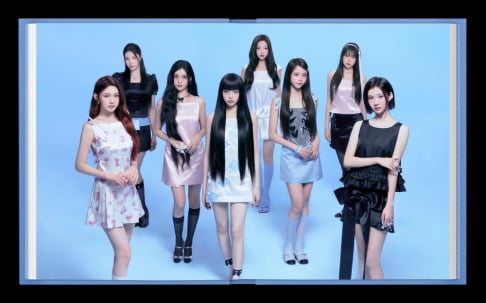
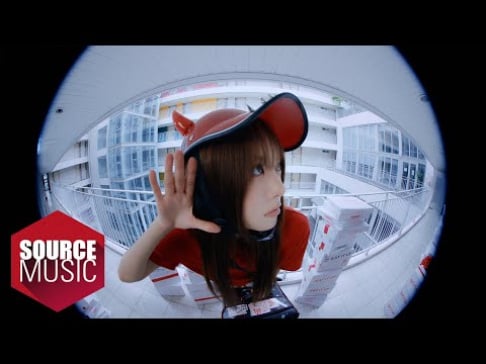
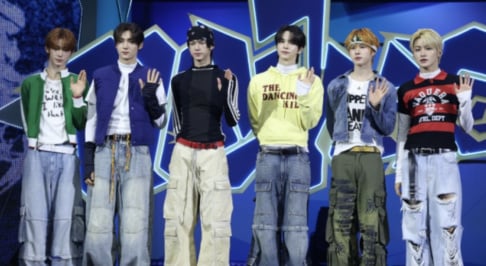
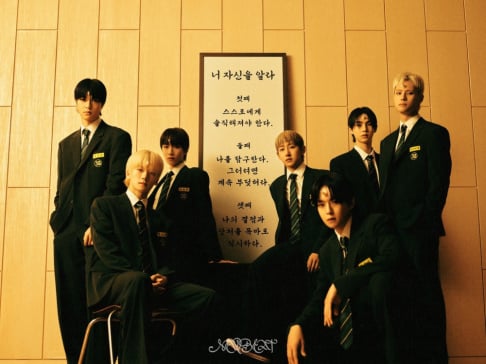
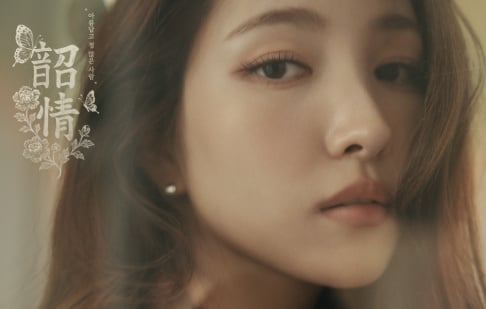
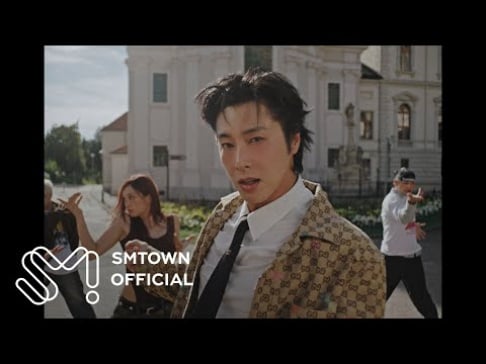
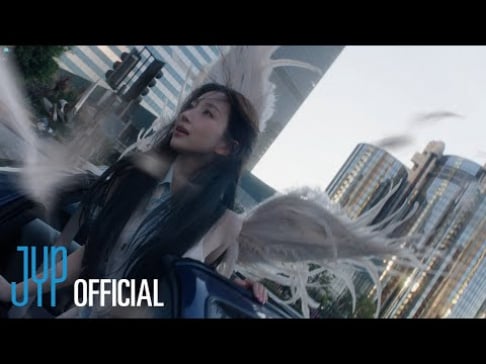
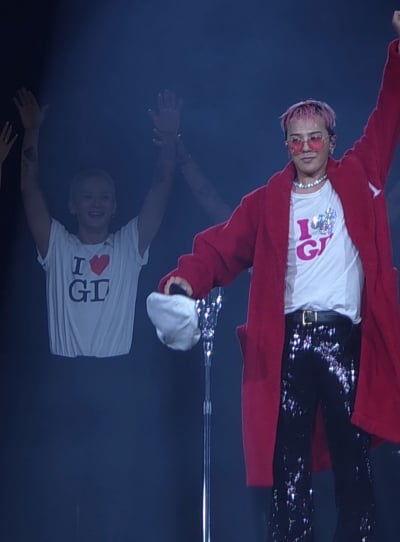

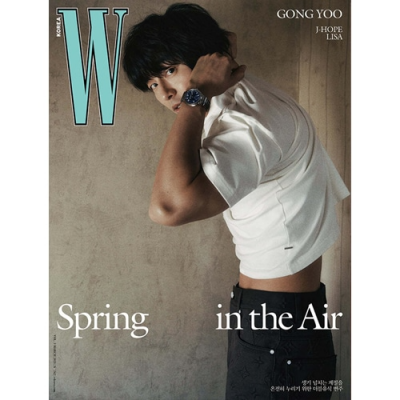

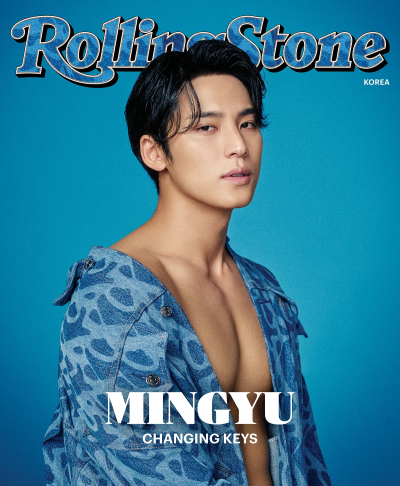
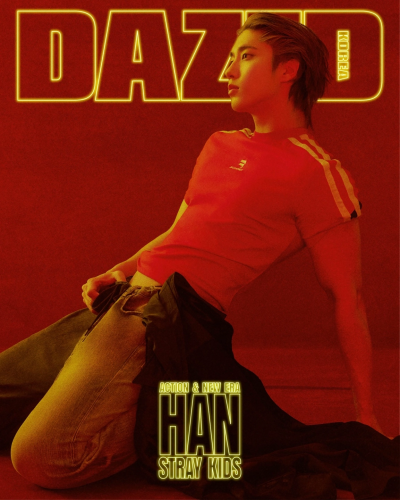
Log in to comment